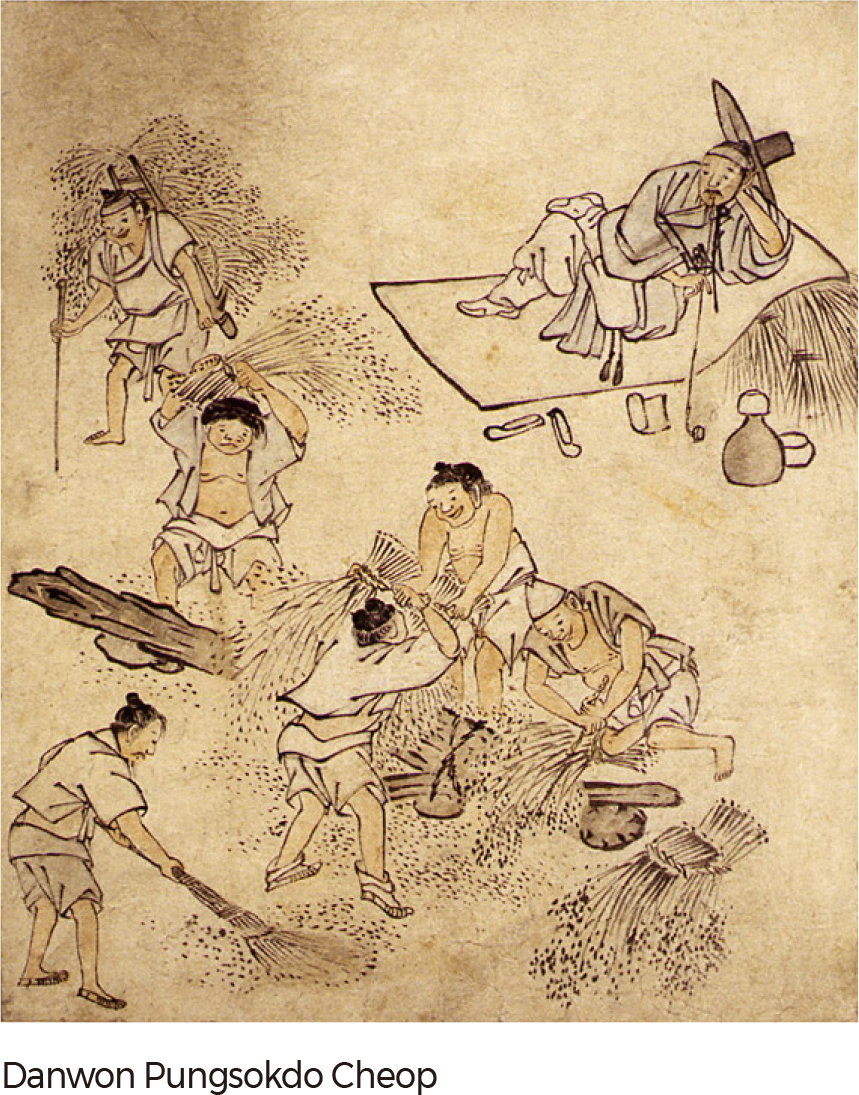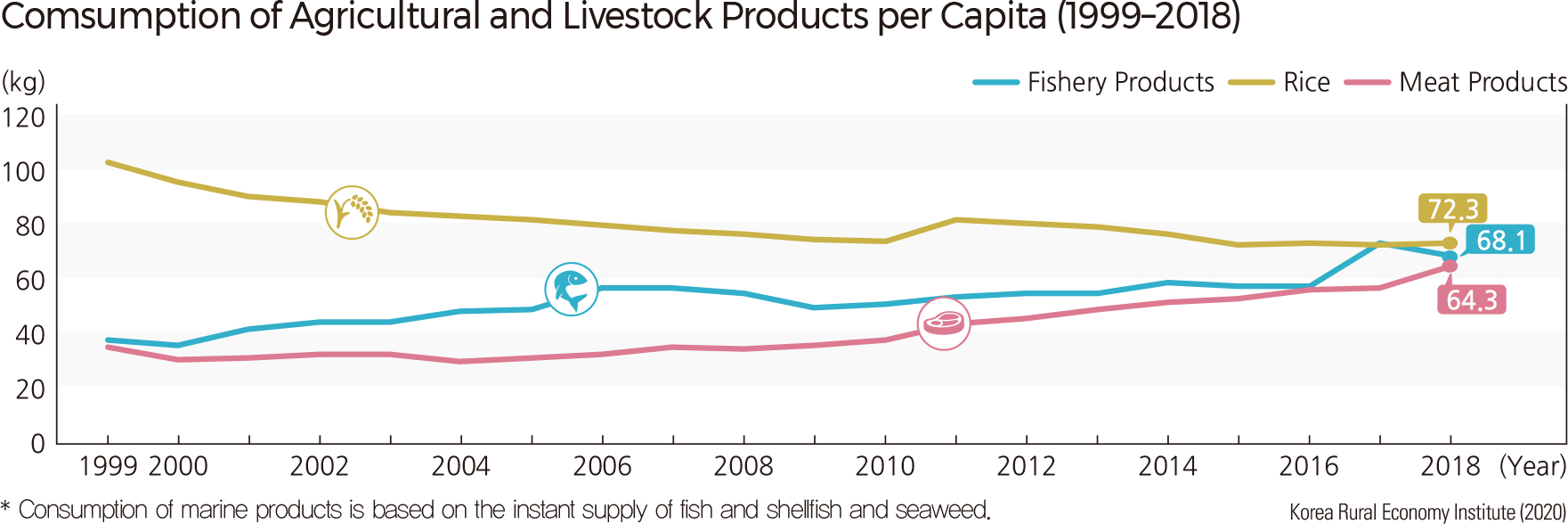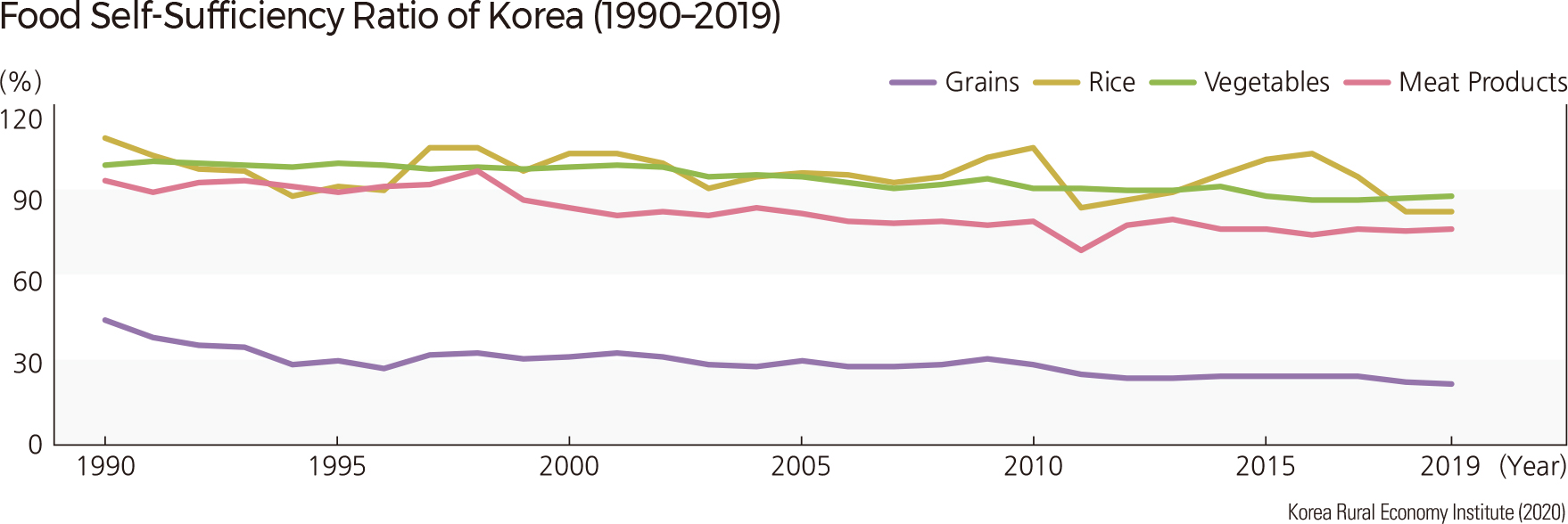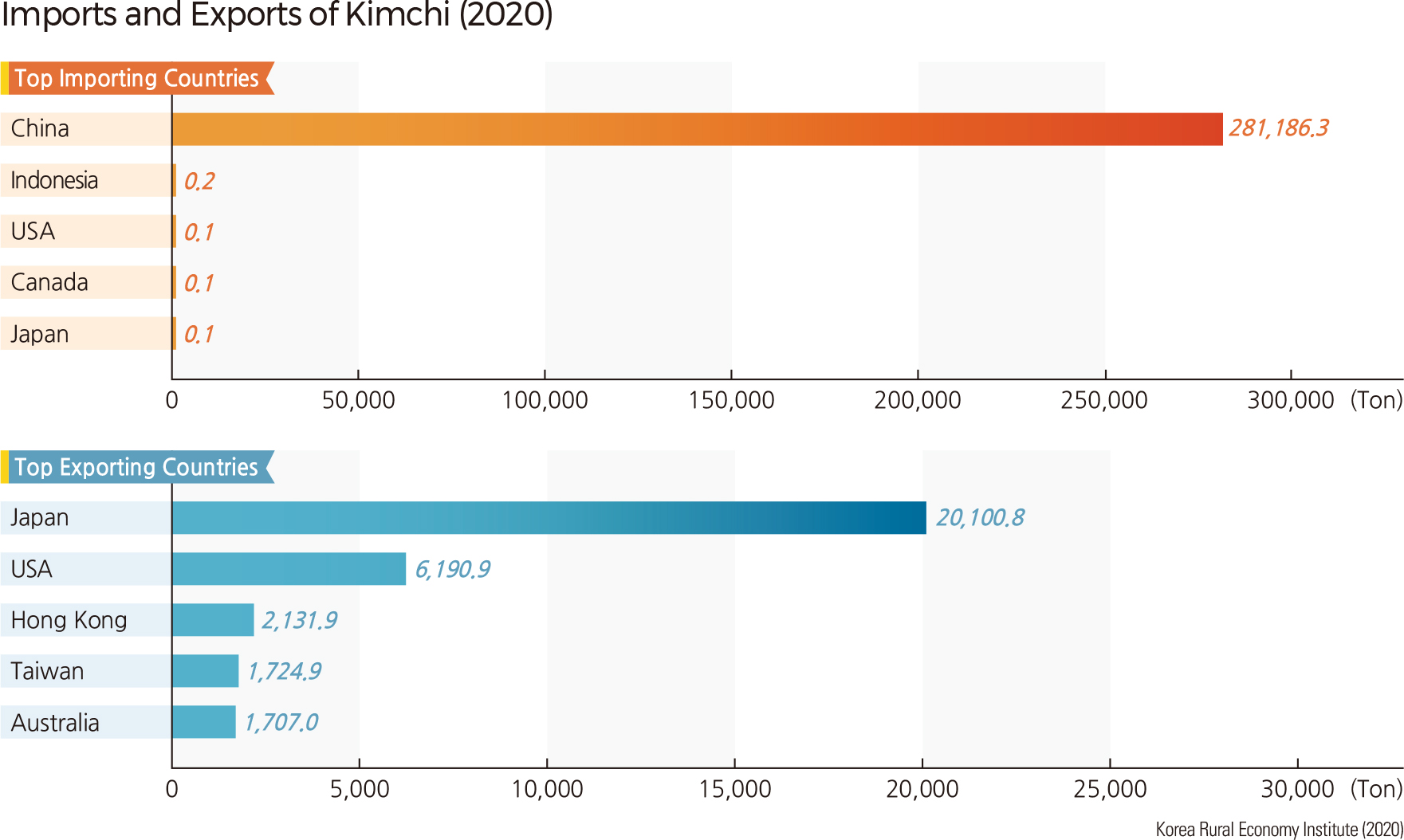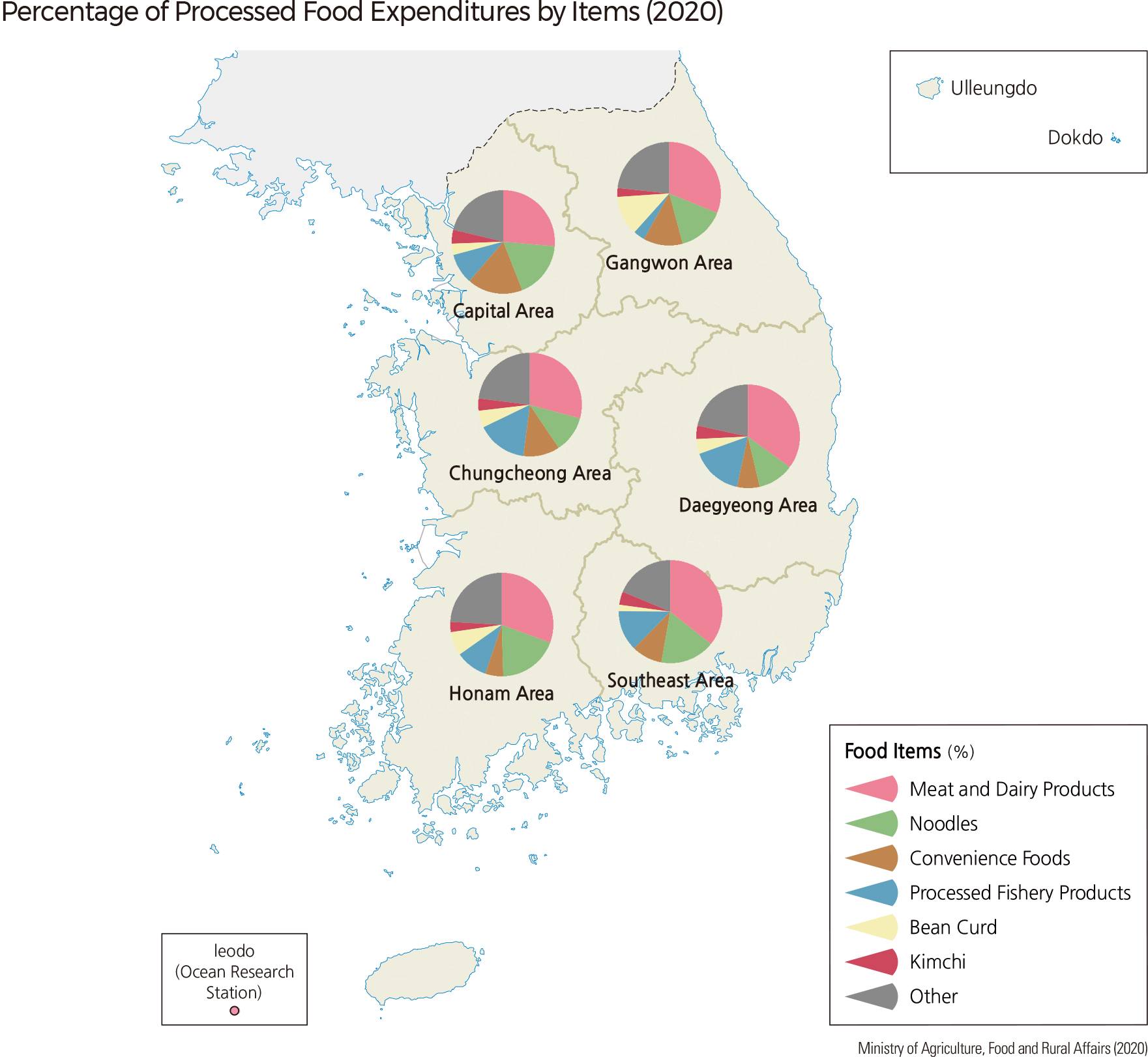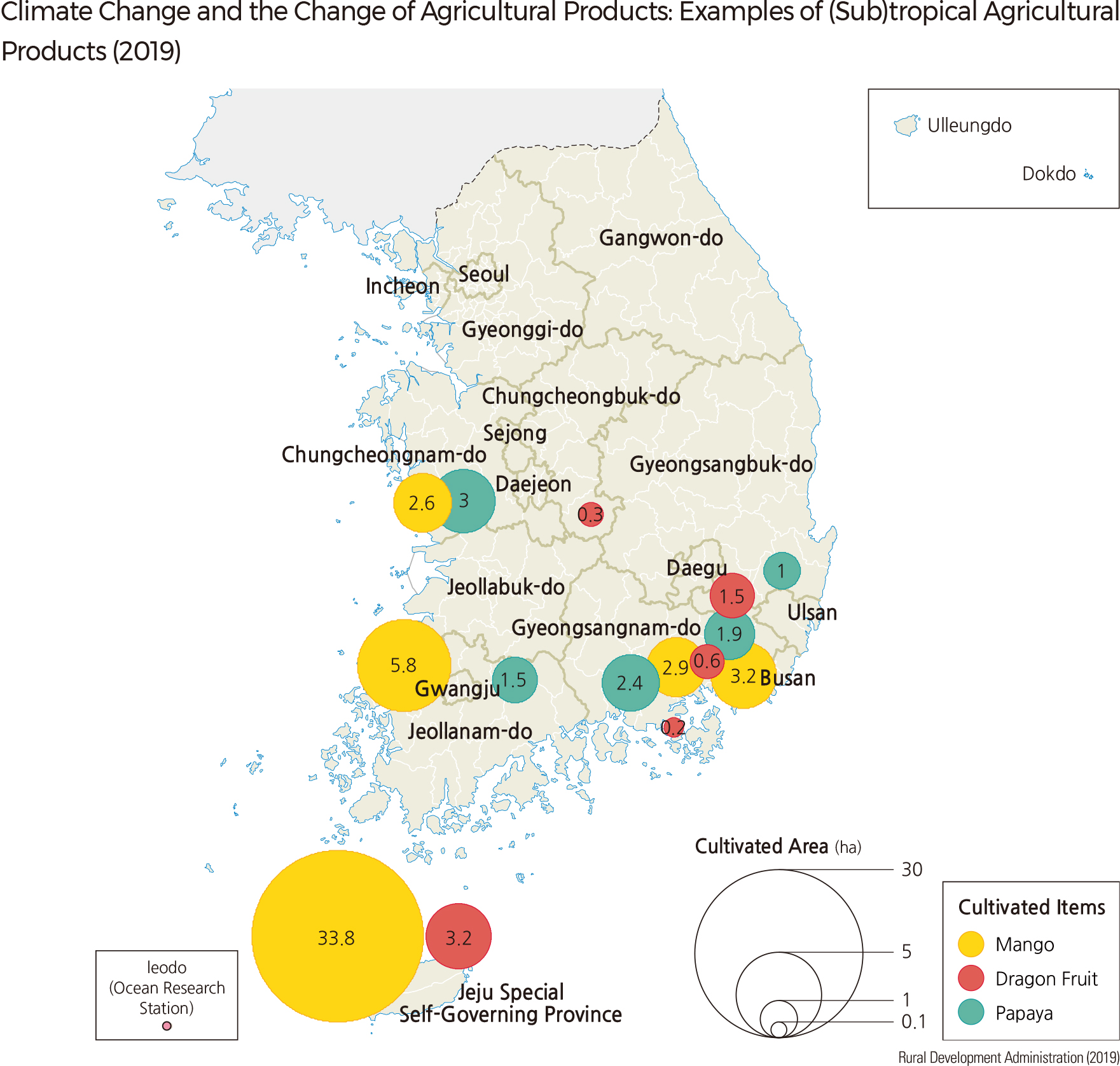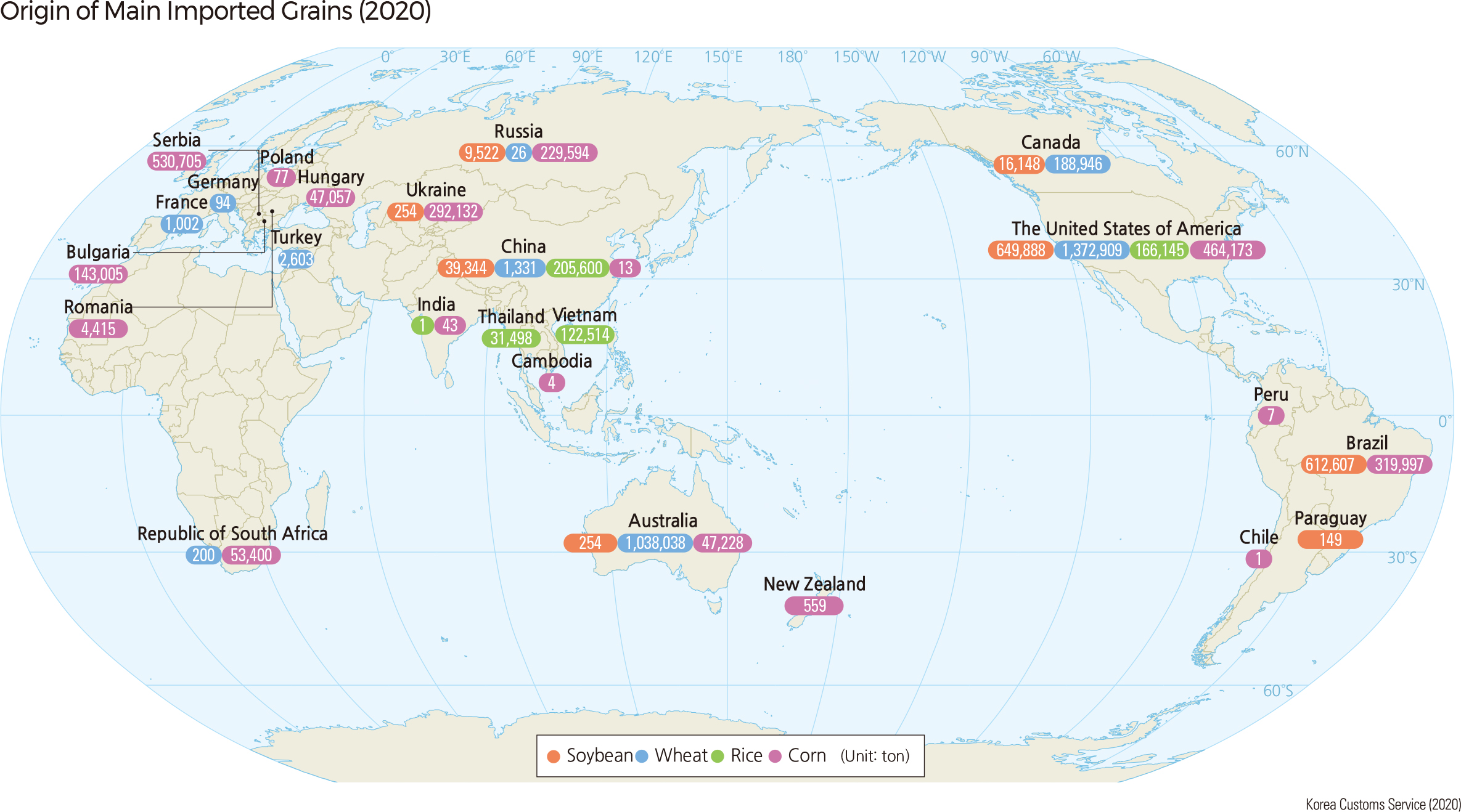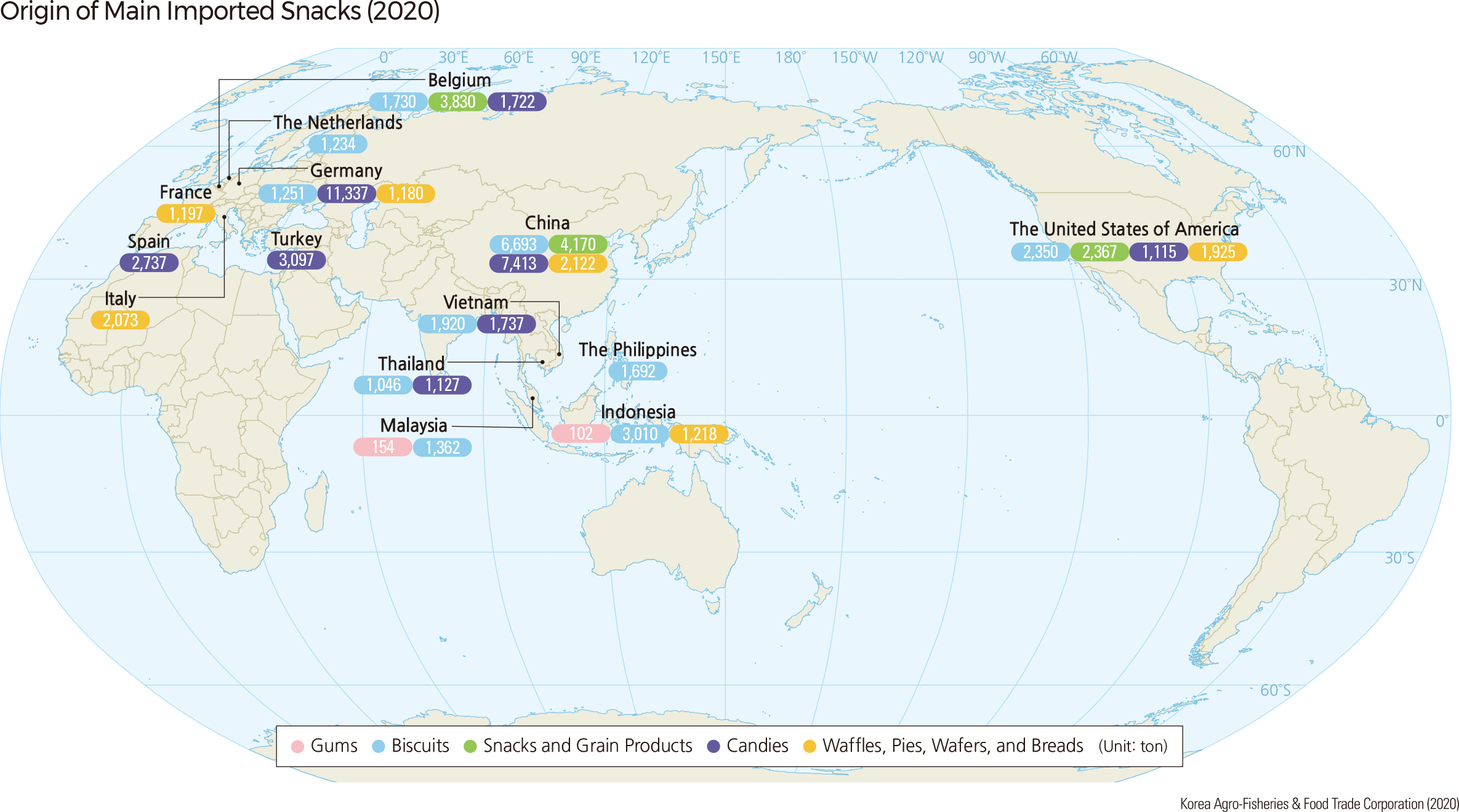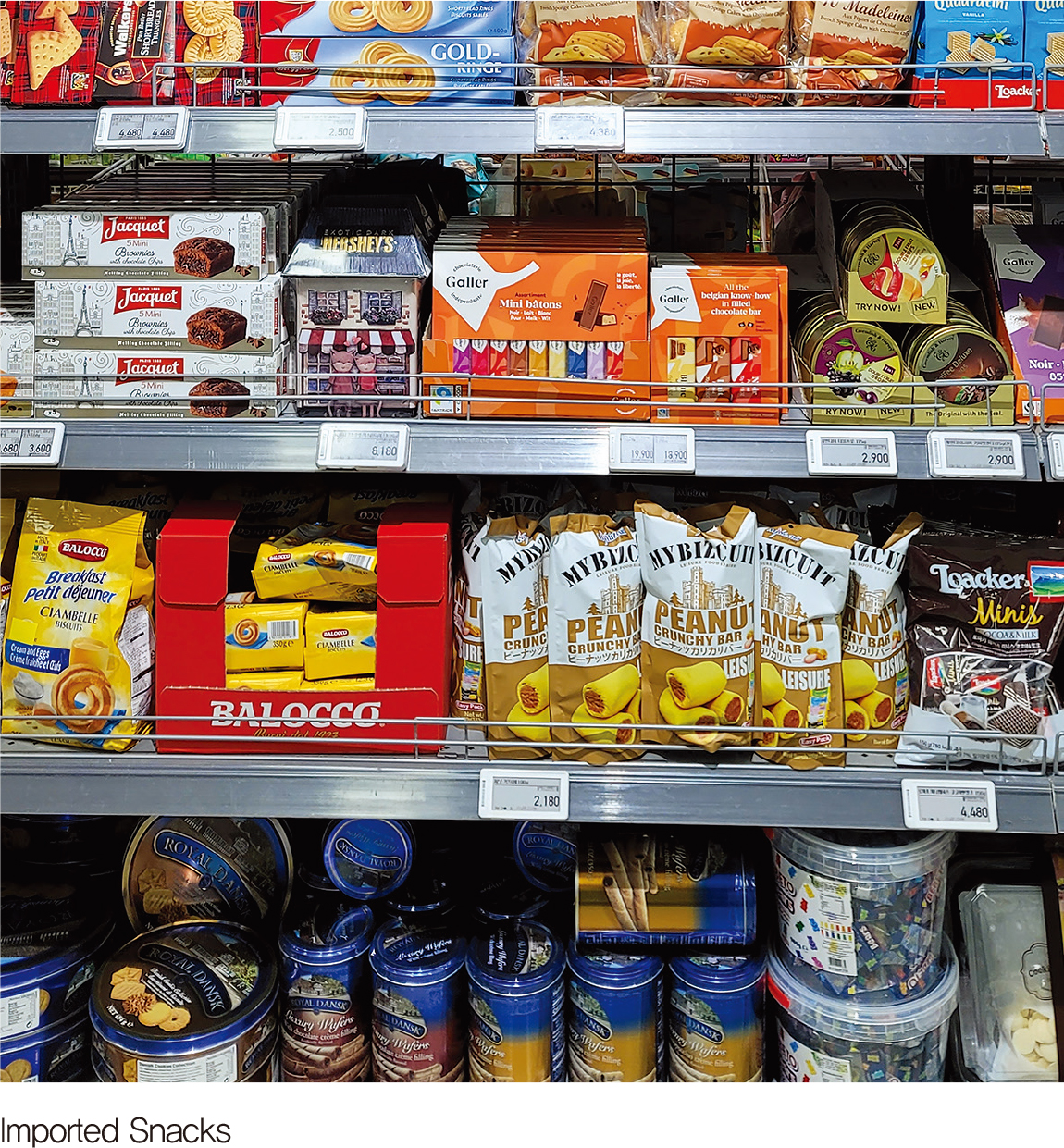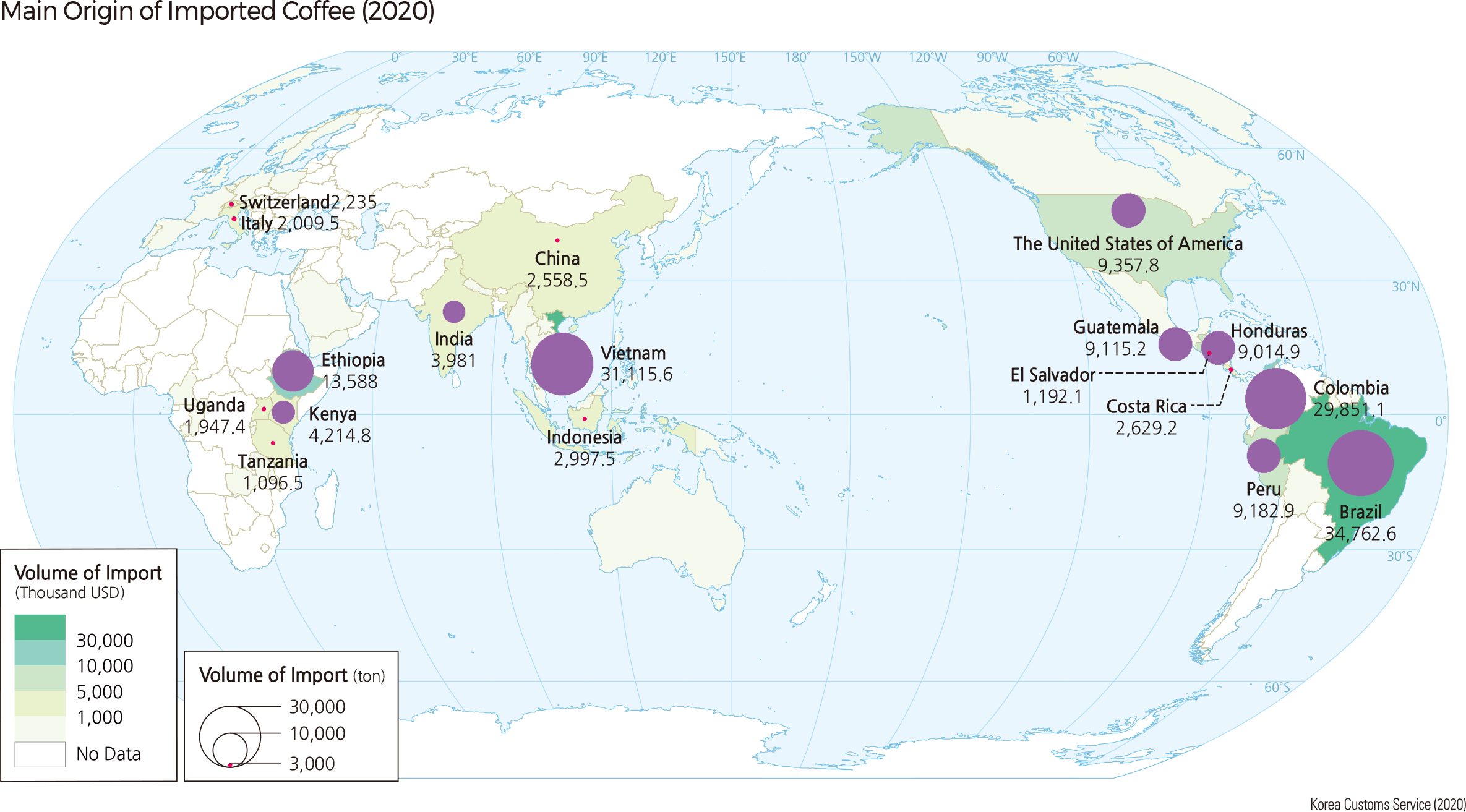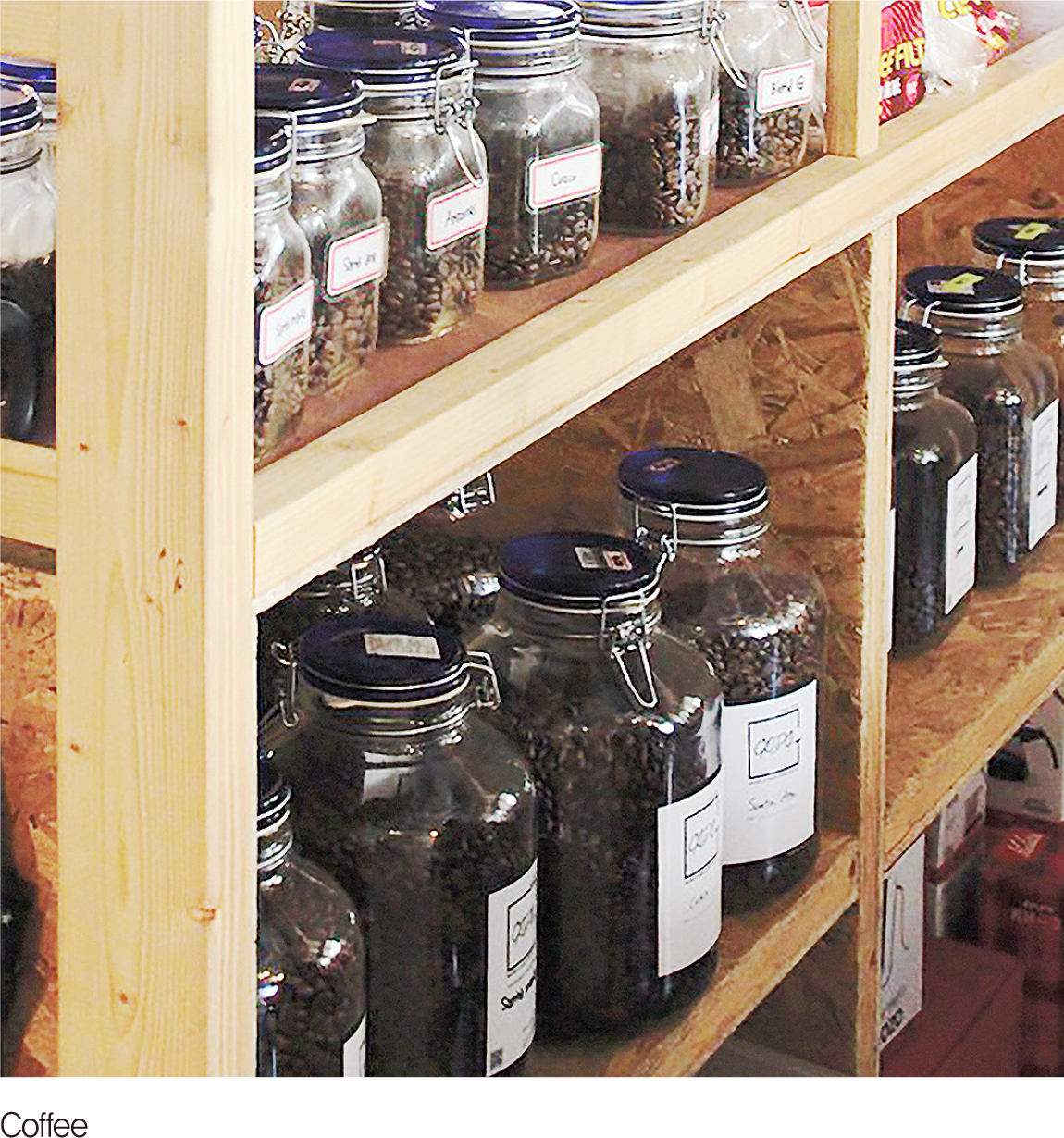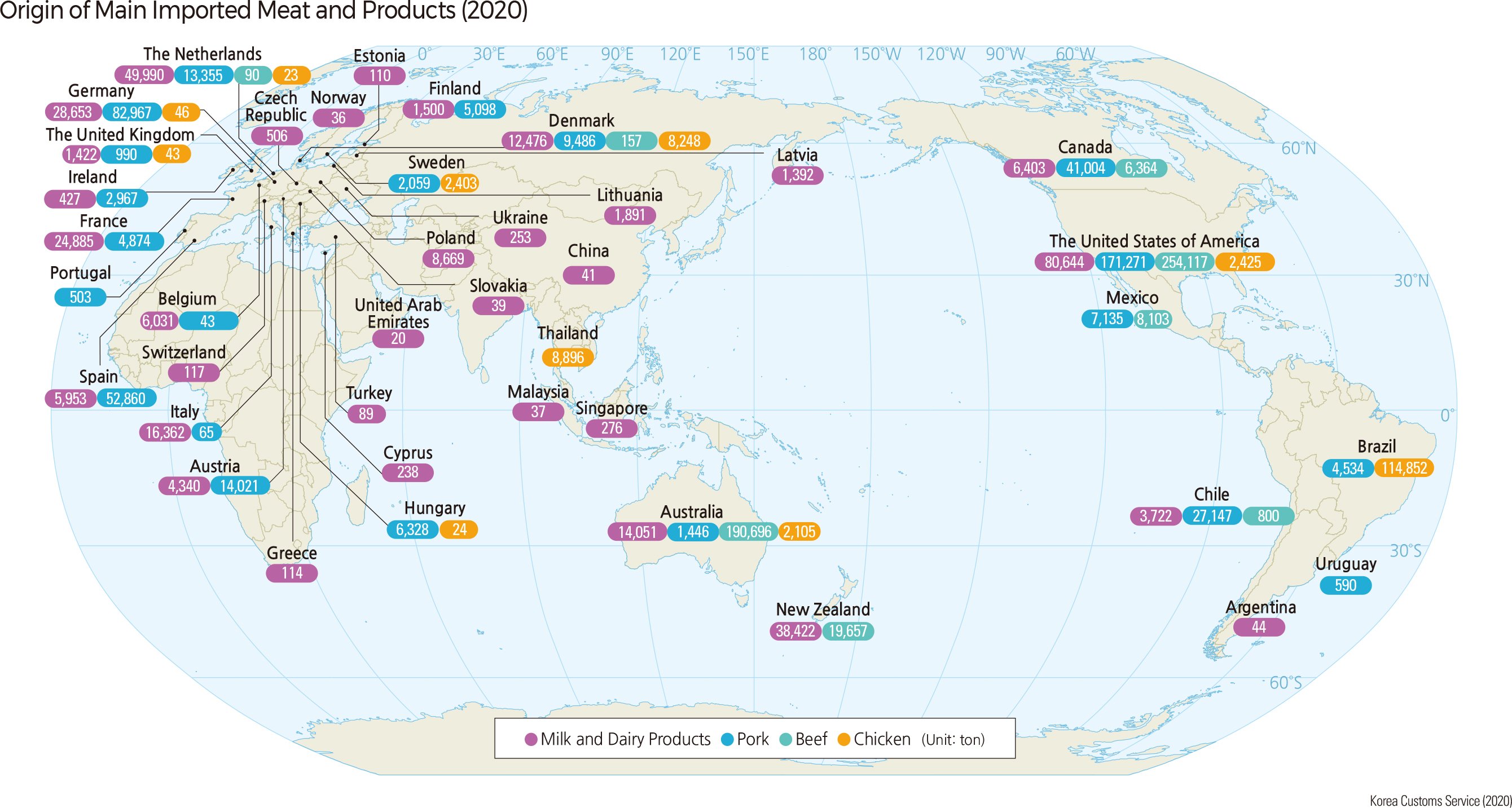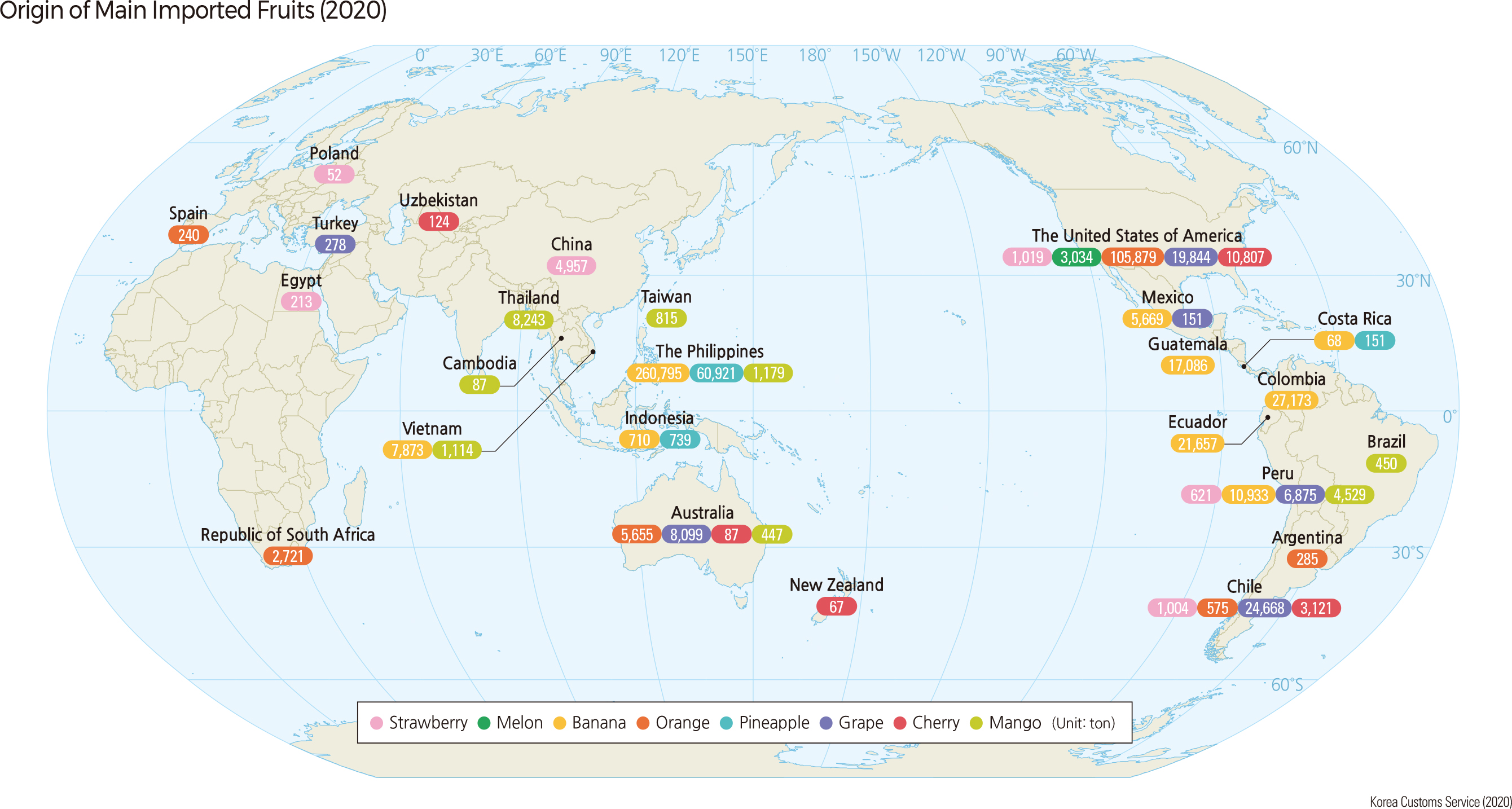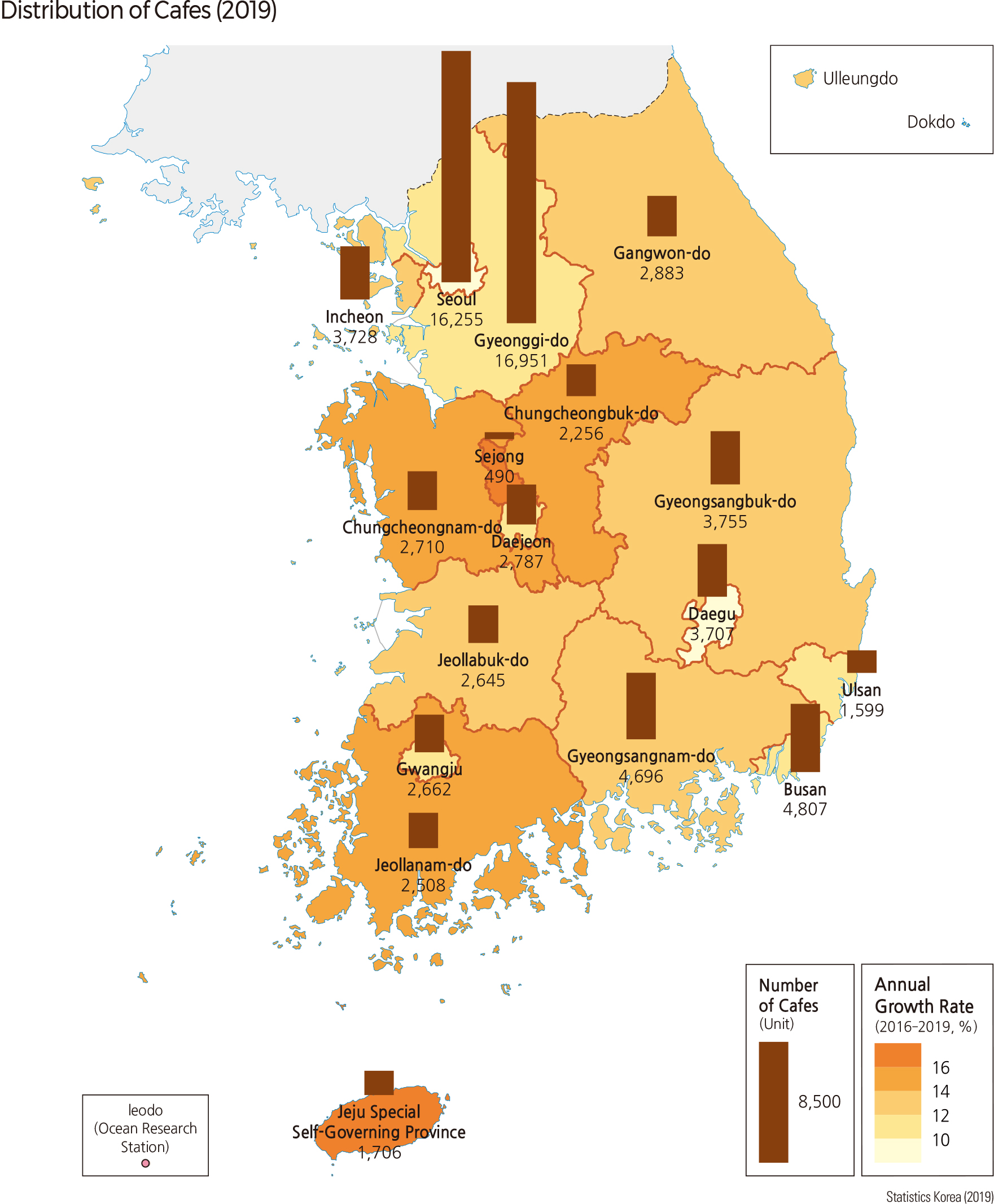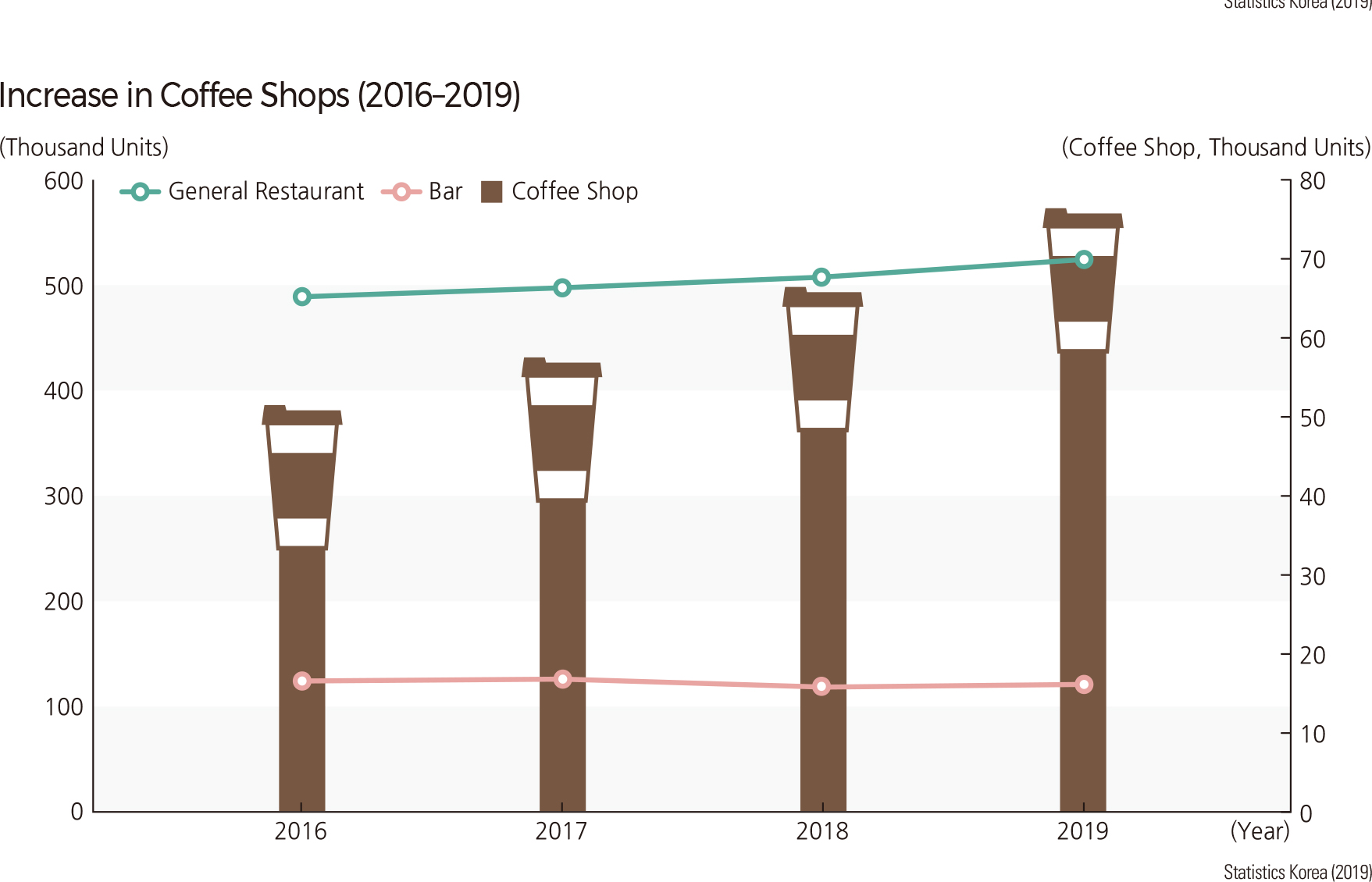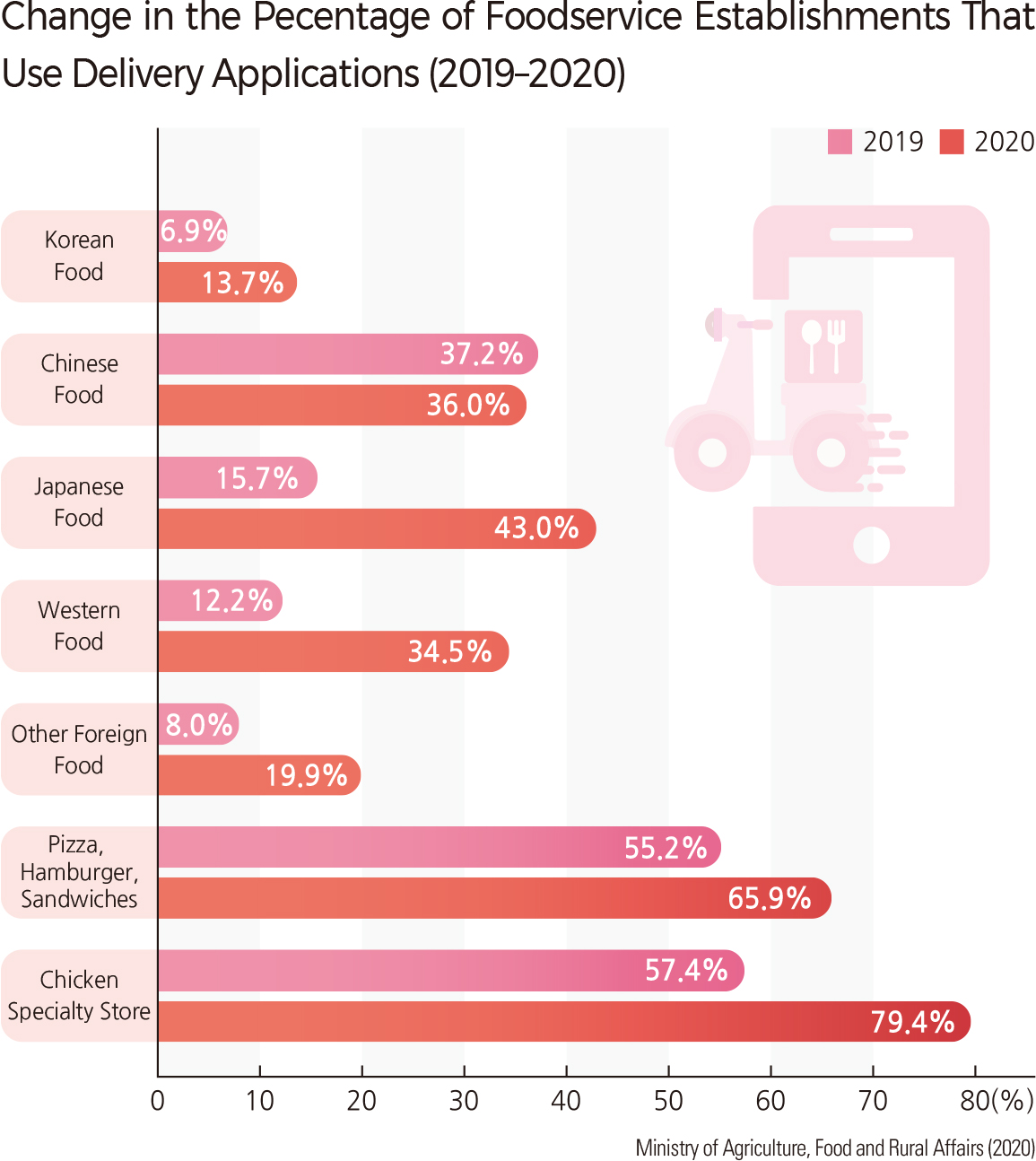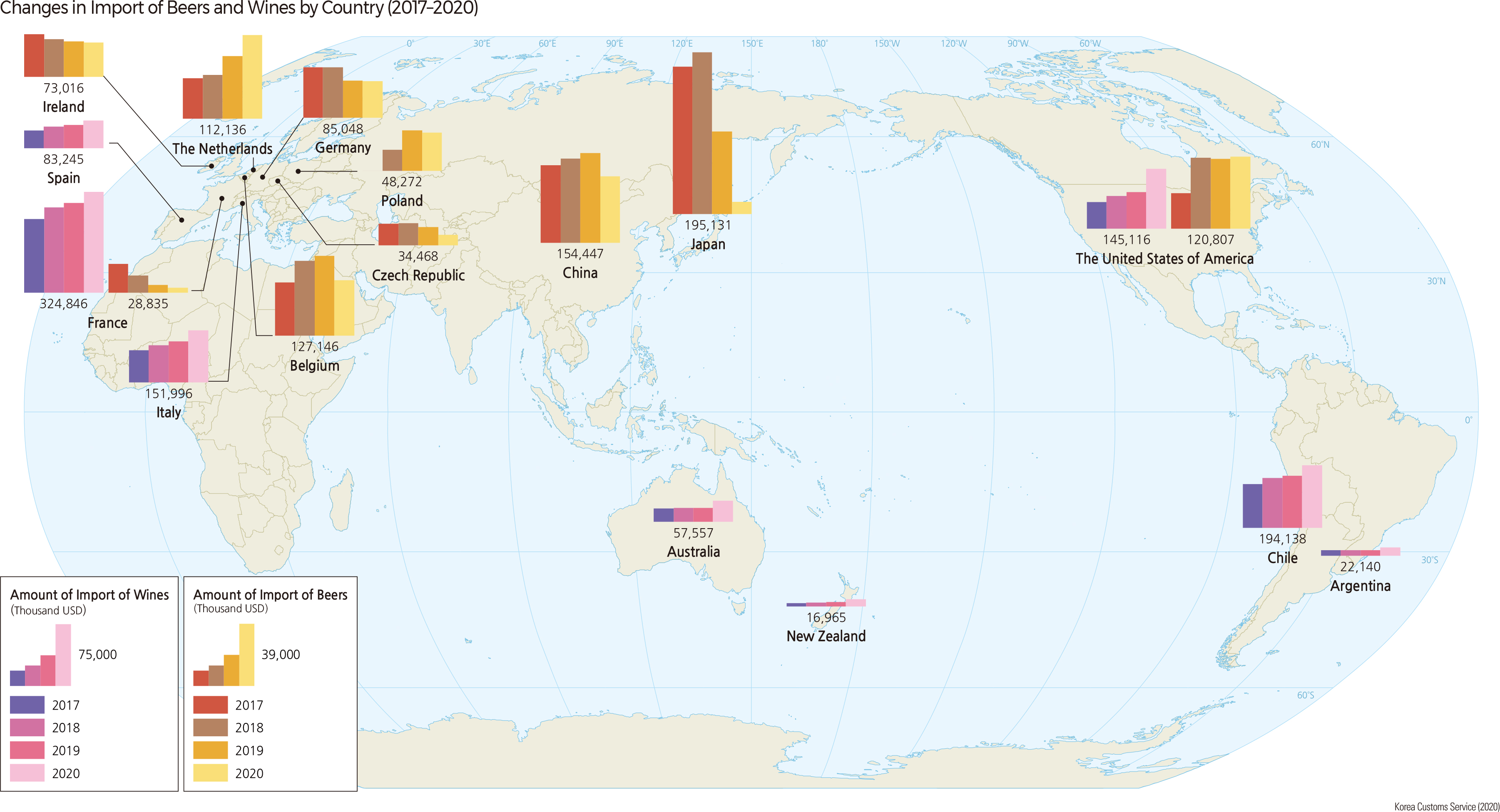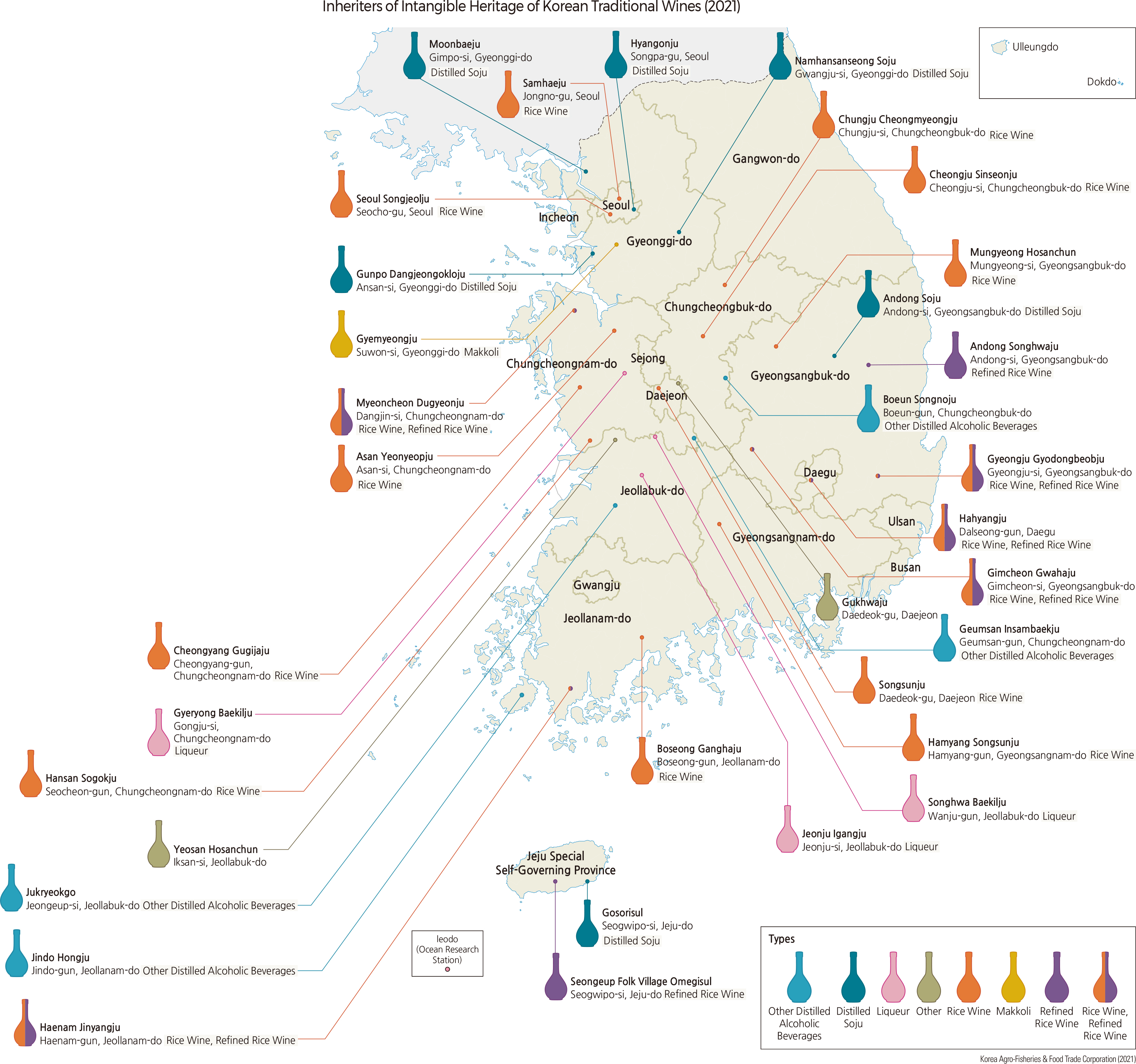English III 2021
The Korean people have developed a diverse and unique food culture dating back to ancient times. The origin of their agriculture can be understood by studying carbonized grains and shell mounds, and fishing tackle found along the seashore are evidence that they collected seafood. The most important grain in the Korean diet has been rice. Like many Asian countries in which rice has been a main source of carbohydrates, Korea has worked hard on land reclamation and securing a water supply to cultivate rice. Various reservoirs from ancient times show the long tradition of rice cultivation. However, due to the campaign to consume mixed grains in the 1960s and 1970s, there was a rapid increase in the consumption of bread and noodles. As a result, rice and wheat have become the two major grains that Koreans consume. In particular, the consumption of wheat has increased gradually, while Korea imports a large amount of wheat. Recently, rice consumption has decreased due to rapid changes in diet and increased interest in health. In contrast, the consumption of various other grains has increased. The contemporary Korean diet is largely characterized by a reduction in rice consumption and an increase in consumption of vegetables, fruits, meats, fish, and dairy products. One feature of Korean food culture is the development of fermented food. Kimchi is the quintessential example of these. With four distinct seasons, fermenting allows people to eat enough vegetables in winter by fermenting and storing a variety of vegetables. Various Korean pastes and sauces are a type of fermented food used for flavorings, such as Gochujang (red pepper paste), Doenjang (soybean paste), and Ganjang (soy sauce), which were traditionally fermented and consumed in individual households. Recently, with intensified urbanization and a desire for eating outside, especially in the urban areas, an increasing number of households purchase and consume Kimchi and Korean pastes and sauces that are commercially available. In addition, more platforms sell fermented food online. As a result, Korean fermented food has gained popularity worldwide with an increased global awareness of fermented foods such as Kimchi and Gochujang. The diverse Korean food culture has a long history, which reflects adaptations to four distinct seasons as well as unique regional food cultures. Korea has developed a variety of food cultures in each region where very unique regional and household food ingredients and cooking methods are important. These days, with an increase of immigrants and foreign residents from diverse countries in Korea, many ethnic foods from overseas are being introduced and sold. Also, with an increased attempt to combine foreign and Korean food cultures, Korea now enjoys diverse food cultures, including the development of a fusion of Korean food cultures.
Korea imports a large range of food ingredients and processed foods that span from agricultural, livestock, and fish products and grains consumed as staple foods to snack foods for desserts and refreshments, tea and coffee, and alcoholic beverages. Korea imports large amounts of grain such as wheat, corn, and beans. Korea annually imports a large quantity of wheat for human consumption from the United States and Australia and wheat for animal feed from Ukraine and Romania. Rice production is self-sufficient due to the change in dietary culture. However, Korea imports rice from many countries, including China and the United States, because of the mandatory import quota. It is sold to be used in processed foods. Beans, including soybeans, are imported from the United States and Brazil. Corn is imported mostly from Serbia, the United States, and Brazil. Unlike grains, Korea imports each snack food from specific countries. Biscuits, snacks, pies, and bread are imported from China. Candies are mostly imported from European countries such as Germany, Spain, and Belgium. Gums are dominantly imported from Malaysia and Indonesia. In Korea, coffee consumption per capita is much higher than the global average and increases every year. As a result, the annual import volume and amount of coffee are gradually increasing. Many coffee beans are imported from Central and South American countries such as Brazil, Southeast Asian countries such as Vietnam, and African countries such as Ethiopia. |
